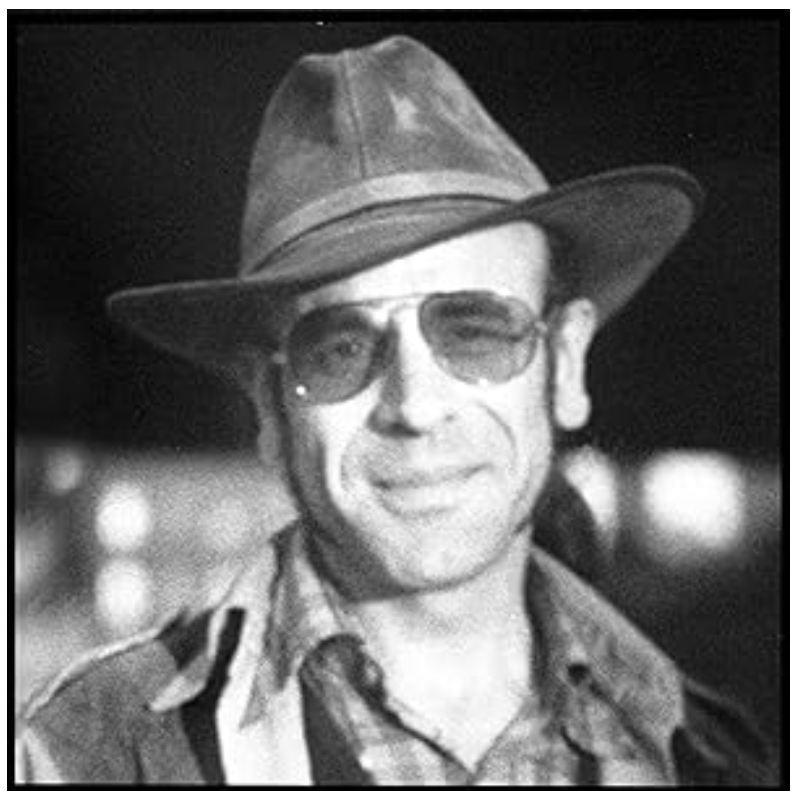
“’Share and share alike’ was the motto of Blackie McBride, a citizen of 30 years standing on the Bowery. His face and general person showed the truth of his statement that he been all over and knew and had done it all! Blackie was of medium build, rather short with thinning gray hair and deep set eyes, eyes that were everywhere at once, sizing you up, as though measuring you for the correct size of his touch.
“When I found him he was by his customary stand at the water fountain at the (Christian Herald) Bowery Mission in one of those discussions which, among the denizens of the ‘stick,’ seem to be both earnestly heated and almost momentarily explosive, and sometimes punctuated by exclamatory shouts of disbelief or agreement. I had been wandering through the Bowery, unobtrusively sketching the various scenes, and as he expressed interest in my work, we soon fell into a lively discussion.
“Blackie had a great deal of vitality and life about him. He stood out from his more nondescript fellows. He talked proudly of being one of the few old timers left and of the fact that he had spent 30 years on this stick. I thought it interesting that he had not been reduced in familiar fashion to the sad shuffling, sometimes incoherent, state of his compatriots.” (Joseph Papin, c1957).

“Eastern State Pen in Western Pennsy, it was fair as prisons go.”
“I don’t have much to do with women since I left my wife, all of ’em is trouble!!”
“I got 20-40 years for ‘stickups’ and heists. I served 13 years, 8 months and 17 days.”

“The good ole days when the ‘El’ was still up.”
“Why I helped carry Jeff Davis, the real king of the hoboes’ out of the Palace when he died!”
“Bum’s would look out for one another, if you was sick there was ordinary whiskey to fix you up and make you well!”

“Blackie introduced me to one of his favorite ‘horse markets’ or restaurants. Eating was on a communal basis, if you wouldn’t or couldn’t finish your food someone else would oblige.”
“Combination waiter, prompter, bouncer.”

“Waiting on the wagon – Annual roundup on the Bowery.” “Cops is usually pretty good on this beat.”
“The treatment you get at second and second (2nd Ave Precinct) or at the ‘Tombs’ (city prison) is ‘varied’ depends on whose on duty and whether or not you can ‘piece off a cop’ (pay off for special treatment).”

Mike McTagg
Blackie McBride
30 years on Bowery
Billy Graham took [his] picture and gave him $10.

Night Court – Plainclothes policeman swears to charge as bailiff reads affidavit.
“And how many times does this make for you Blackie?”


“The ride from these institutions to the ferry for Hart’s Island (city work house) can be real hell. It takes an hour and it all depends on whether or not the cop riding with you opens the door for air. If he’s a good cop it’s ‘O.K.’ if not you faint and fall out. You’re crammed in in the first place and you sweat like a bum.”


Pier 77
Charon’s Ferry
Red Tug No. 69
Hart Island, Prison
East River


“Grave digging detail at Potter’s Field, where the bodies ‘actually arrive, and are no longer dumped in the East River like they used to be.’ ‘Permanent record by photography is keep so the correct body may be claimed.’
“They got lots of folks out there, most of my friends at least!”

Leave a Reply